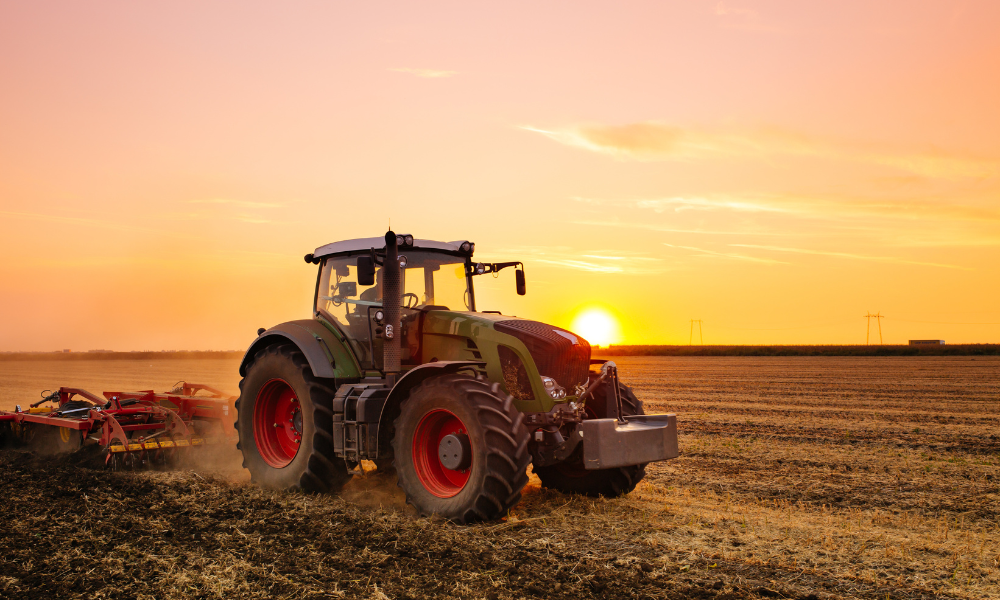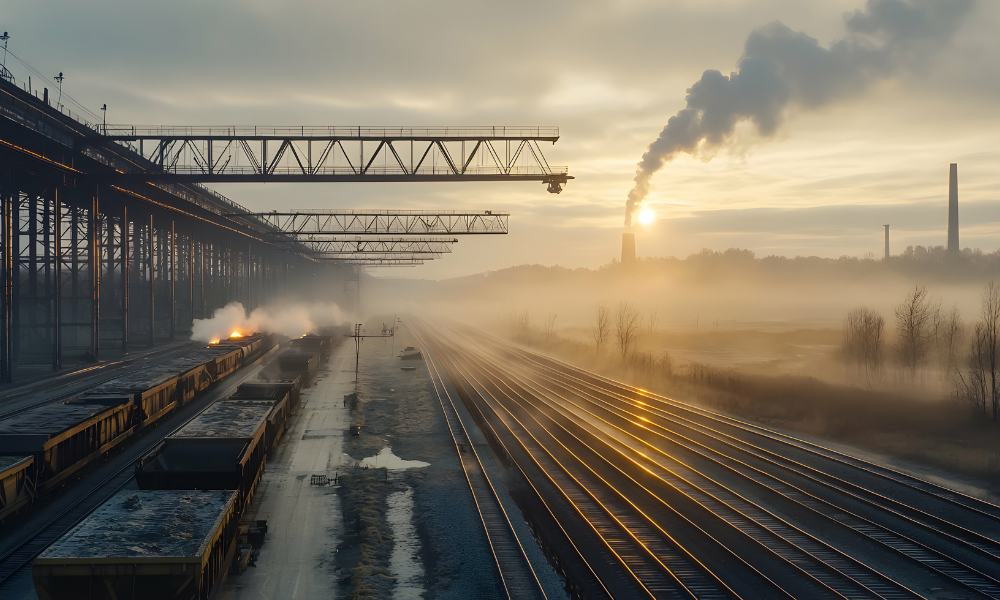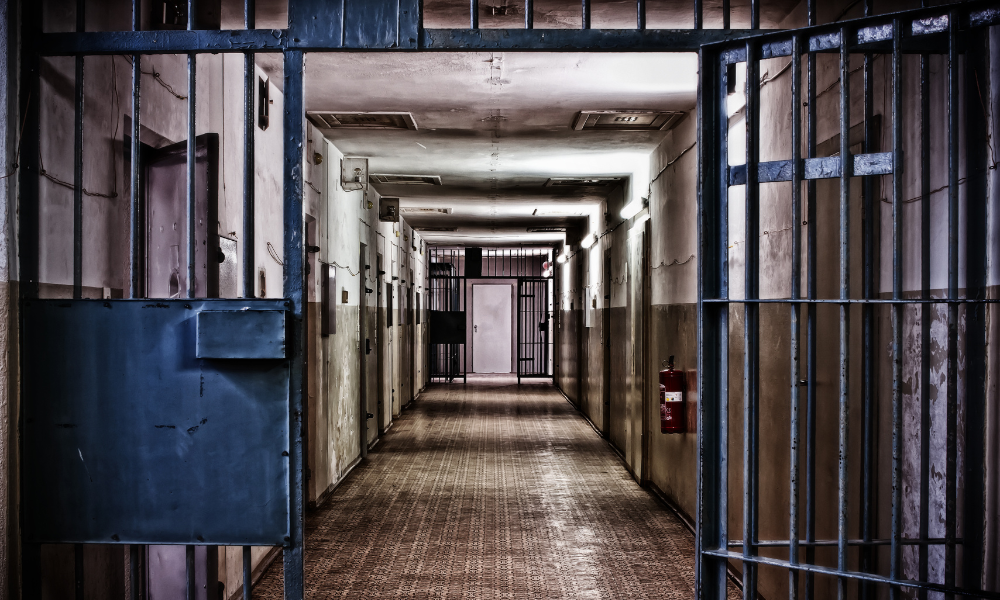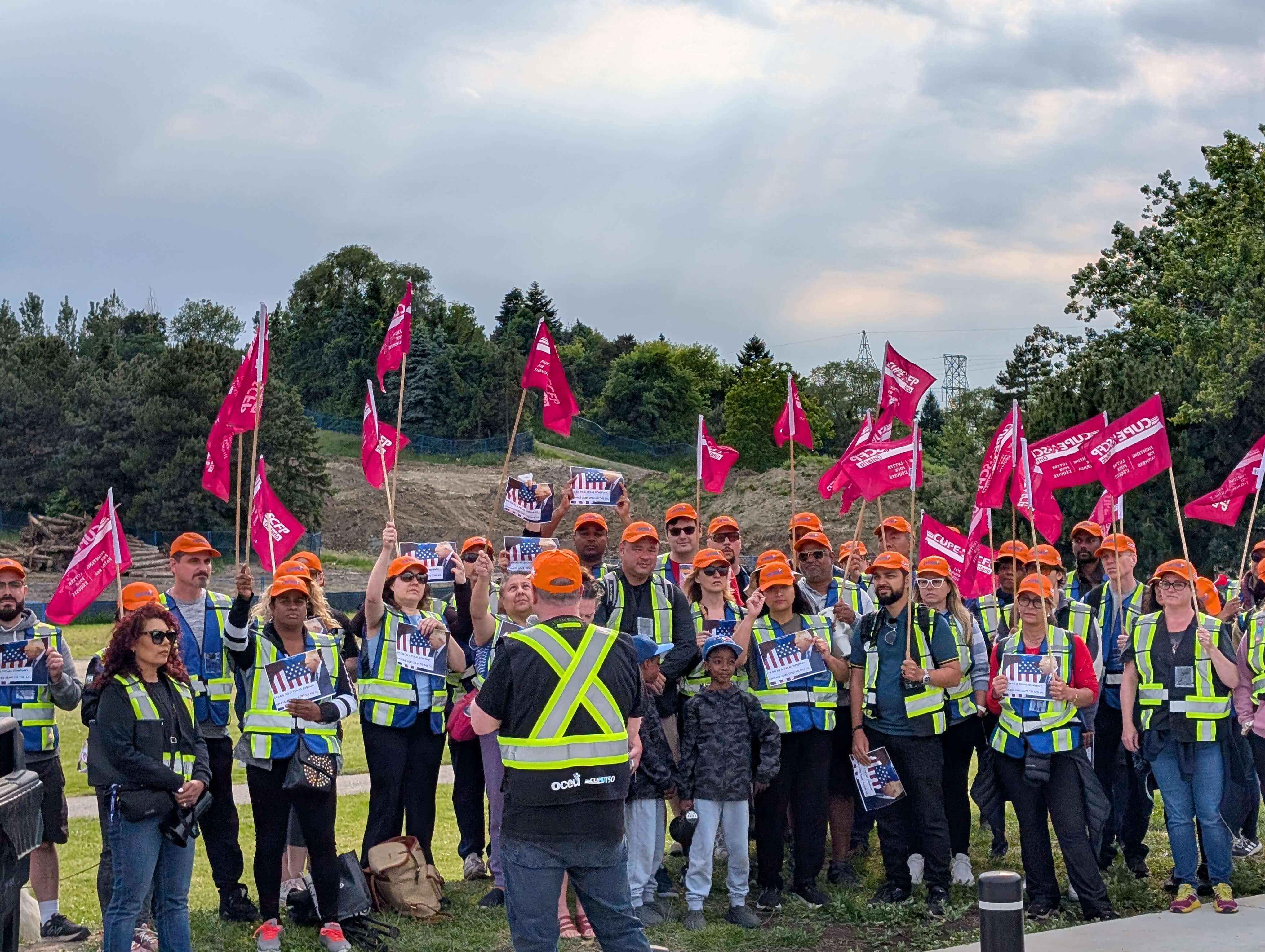'I enjoy seeing the light bulb go off in someone's head'
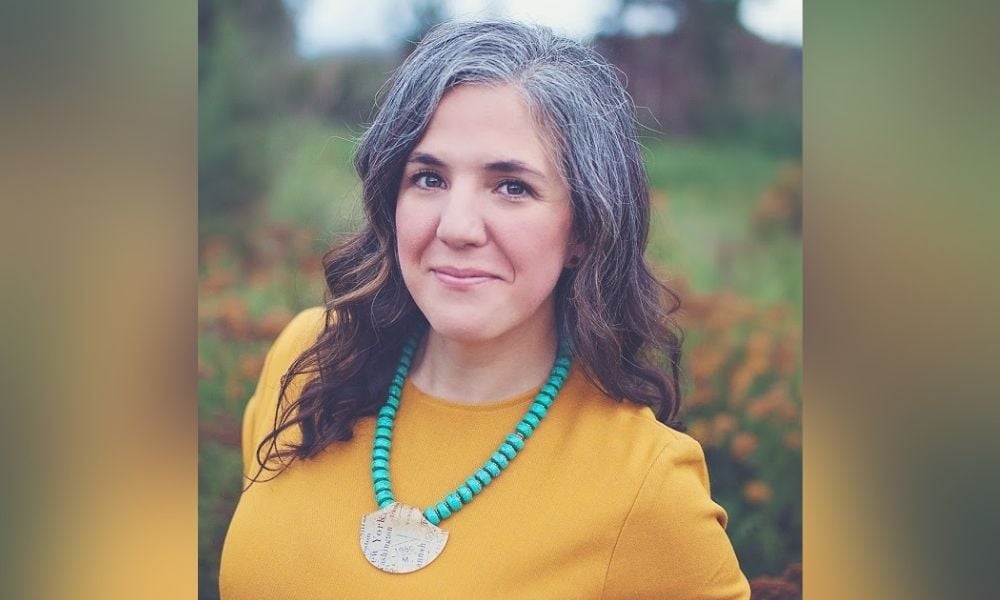
The role of safety professionals has evolved over the past few years in Canada. More and more, OHS pros are being asked to wear different hats to suit the ever-growing needs of the organizations they serve.
Safety consultant Aimee Arsenault considers safety professionals as educators – or mentors – for organizations wishing to improve worker health and safety.
“I enjoy seeing the light bulb go off in someone’s head,” she says. “The thing that I love is empowering people with the right knowledge and tools to be successful in their role […] and inspiring them to be their best within the context of workplace health and safety.”
Health and safety professionals are very much educators, whether or not it’s conducting safety training. OHS pros work with individuals and organizations to give them the tools they need to succeed.
Arsenault had not initially destined herself to be a safety pro. She had initially planned to work as a teacher after her degree but realized that it was no longer what she wanted. Arsenault worked with a company in the oil sands throughout university to pay for her education. Once she finished her degree, she worked for that same company full time. Arsenault has a degree in cultural anthropology and says that she enjoyed the people aspect of her role.
“Value and belief systems are what I am very passionate about," she says. "And so, I immediately connected with the health and safety profession from there. How are we putting our value of safety into action? How is the value of safety driving our decisions? And how are we upholding that value as we go about the other priorities that are coming into the day?”
She started as a safety administrator supporting projects within the oil sands region, then transitioned to a safety administrator in the Edmonton area, working for another larger company working with the director of health and safety as a corporate health and safety administrator. Her career path has been a slow transition, gaining more responsibility and accountability with each new position while maintaining and sharing her fundamental principles of health and safety.
One of her goals was to streamline the safety process. “Why are we making things more complicated than we need to be? I like to set up systems and processes that make safety not as cumbersome for people and more achievable," she explains. "I like to build programs and policies and create workflows and procedures that allow people to be successful in their roles including meeting their health and safety requirements.”
In 2019, Arsenault decided to start her own consulting firm, Transmit Safety. She says the challenge she has run into "multiple times in multiple organizations" is the expectation of a health and safety professional, and how that aligns with the individual's view.
Responsibilities and accountabilities are so vast and varied that it can be challenging to meet these different perceptions, she says, and align them with her values and area of practice.
Arsenault echoes a sentiment that many health and safety pros share, that safety is not just the remit of an organization’s designated OHS person but should be essential at every company level.
“When talking about the holistic approach of health and safety, I don’t think that it should be just the health and safety professional doing inspections, doing orientations, doing all of the quote ‘safety activities.’ I think that the internal responsibility system should be developed at every level and position within the organization.”
A solid commitment to safety is still relatively exceptional, something that is lauded rather than an essential part of an organization’s ethos. “Organizations, by default, are unsustainable, non-environmental and non-safe. We have to put qualifiers in front of companies that [are],” says Arsenault. “Let’s be honest - the de facto standard for companies is that they look after their profitability and their shareholders, and they don’t put health and safety at the forefront of their decision making. We experience this at worksites. We hear about it in the news, and our network shares in their experience with workplace’s inaction when it comes to health and safety.”
But the pandemic has challenged this, she says, “it’s sparking conversations that I think weren’t previously on the table for discussion, and perhaps even given OHS professionals a seat at the table.”


